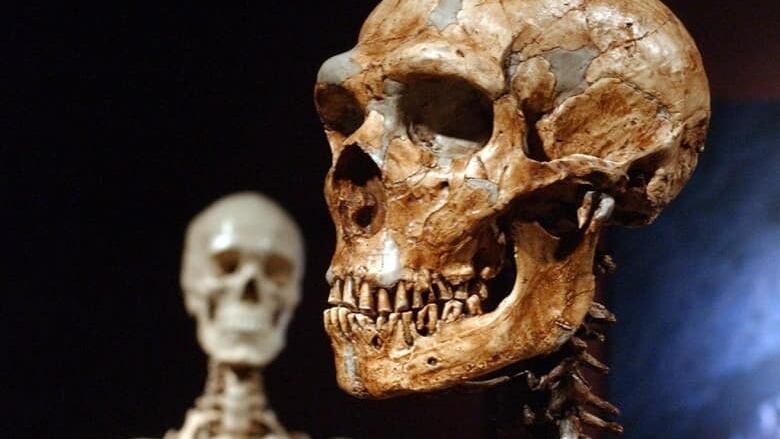Neanderthal, human interbreeding reveals mysterious migration
Discovery points to humans who left Africa around 100,000 years ago, then went extinct

Research showing that ourspecies interbred with Neanderthals some 100,000 years ago isproviding intriguing evidence that Homo sapiens ventured out ofAfrica much earlier than previously thought, although the forayappears to have fizzled.
Scientists said on Wednesday an analysis of the genome of aNeanderthal woman whose remains were found in a cave in theAltai Mountains in southern Siberia near the Russia-Mongoliaborder detected residual DNA from Homo sapiens, a sign ofinter-species mating.
Previous research had established that Homo sapiens and ourclose cousins the Neanderthals interbred around 50,000 to 60,000years ago, said geneticist Sergi Castellano of the Max PlanckInstitute for Evolutionary Anthropology in Germany.
The new study, published in the journal Nature, indicatesthat additional interbreeding also occurred tens of thousands ofyears earlier.
Our species arose in Africa roughly 200,000 years ago andlater migrated to other parts of the world.
Geneticist Martin Kuhlwilm of Spain's Universitat PompeuFabra, who worked on the study at the Max Planck Institute, saida very likely scenario explaining the Homo sapiens DNA in theNeanderthal woman's genome is that a small population of ourspecies trekked out of Africa and encountered Neanderthalsin the Middle East, and interbreeding occurred there.
Failed dispersal from Africa
Their journey appears to have been what researchers called afailed dispersal from Africa, with no descendants going on tocolonize Europe, Asia and points beyond.
"We don't know what happened to them. It seems likely thatthis population went extinct, either by environmental changes ormaybe direct competition with Neanderthals," Kuhlwilm said.

"This seems to have happened during a much earlier migrationout of Africa than previously thought. It implies that modernhumans left Africa in several waves, some of which probably wentextinct."
The robust, large-browed Neanderthals prospered acrossEurope and Asia from about 350,000 years ago until shortly after40,000 years ago, disappearing in the period after our speciesestablished itself in the region.
Despite an outdated reputation as our dimwitted cousins,scientists say Neanderthals were highly intelligent, with
complex hunting methods, likely use of spoken language andsymbolic objects, and sophisticated fire usage.
Neanderthal interbreeding with Homo sapiens had a lastingimpact on human genetics. A study published last week in thejournal Science revealed a link between residual Neanderthal DNAin the human genome and traits in people including depression,nicotine addiction, blood-clotting and skin lesions.












_(720p).jpg)


 OFFICIAL HD MUSIC VIDEO.jpg)
.jpg)



























































































